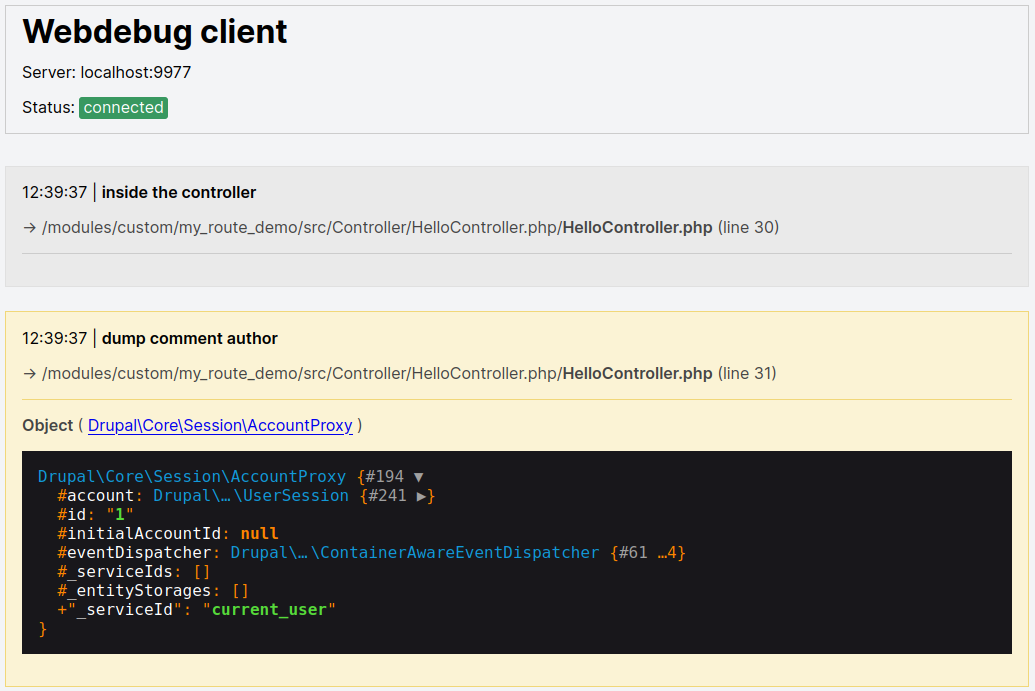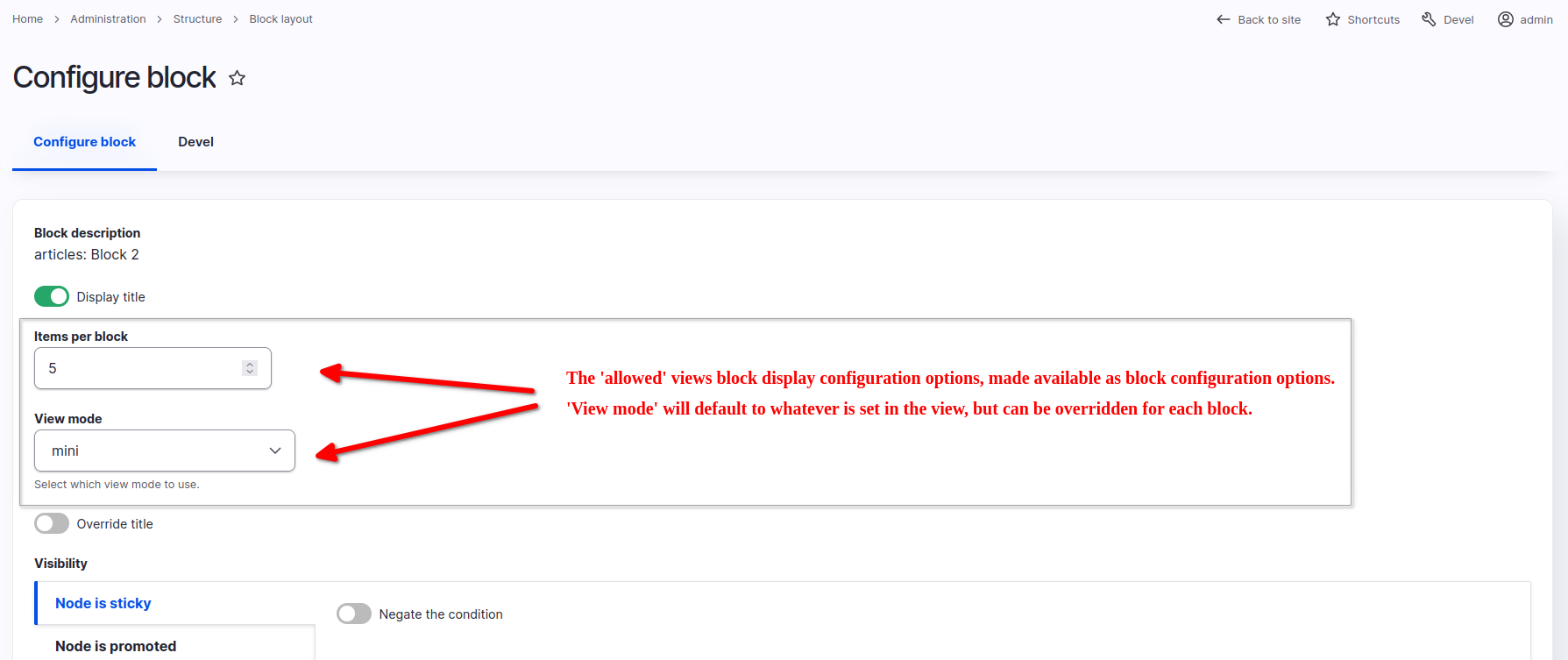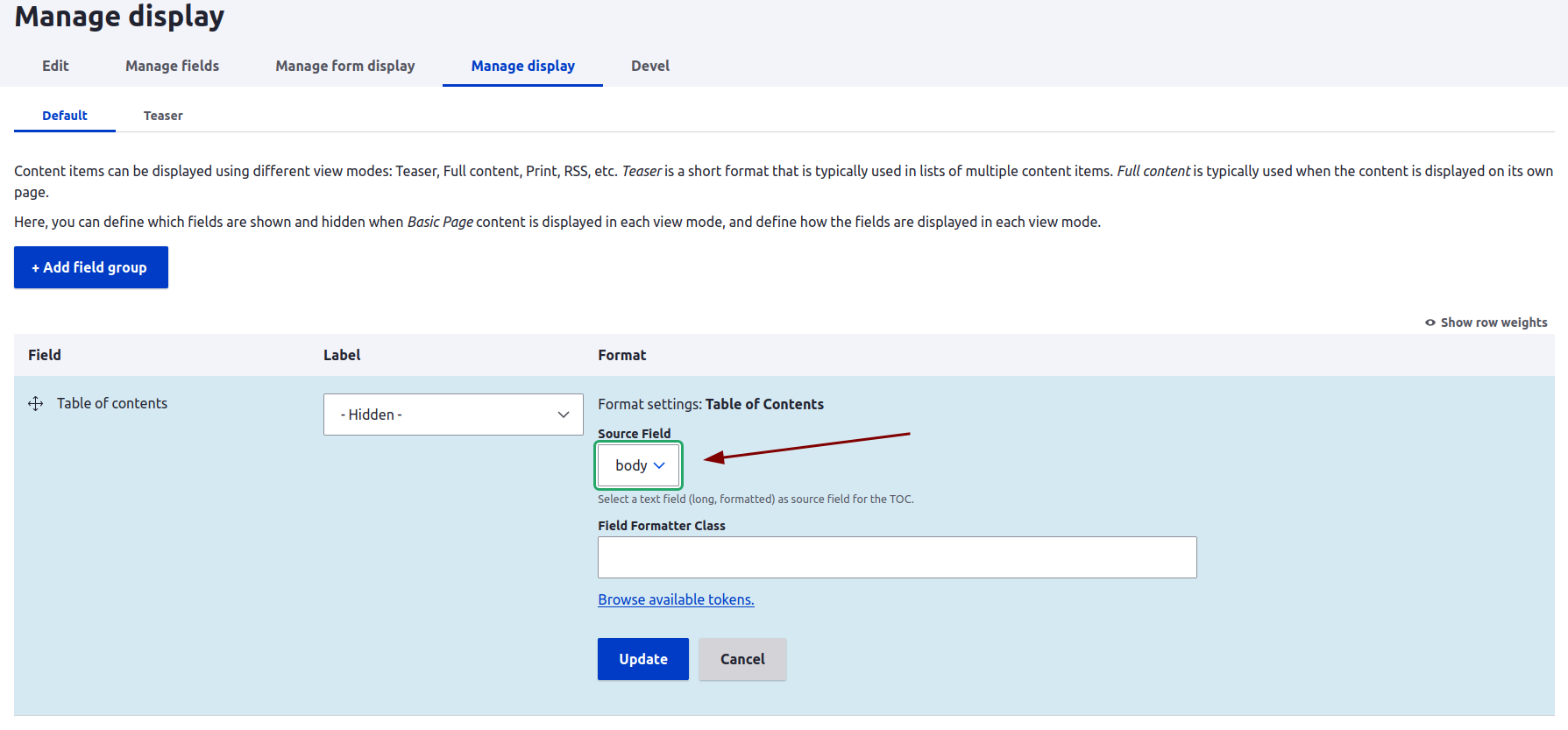- I help public sector and NGO clients build better Drupal sites.
- I write technical things and teach Drupal stuff over at TrainingCloud.io.
- I build opensource tools that make learning, coding, and debugging easier.
Learn Drupal with me on TrainingCloud.io - PHP & Drupal training with a heart.
Recent articles
- Drupal 8/9: Adding CSS body classes based on the current user's roles
- Setting up a LocalGov Drupal Site with DDEV
- Authentic Learning Environments for Online Drupal Training
- Drupal 8/9: Highlighting Views Search Results
- Introducing TrainingCloud
Testimonials
I highly recommend Joeri for his Drupal training both for organisations and on an individual basis.
The enablement Joeri provided has driven down costs and de-risked several major Drupal projects.
Joeri’s Drupal knowledge is second to none and his training style facilitates interactive learning.
Joeri was an excellent Drupal trainer and covered technical details in a very easy to understand format.
I would highly recommend his training services.
Joeri held a number of workshops for our content editors, developers, and site builders and assisted our organisation in transitioning from a prototype to a fully-fledged corporate Drupal website.
Satisfaction was high all around and I would not hesitate to work with Joeri again.
Latest opensource work

Drupal Webdebug
The Webdebug module brings browser-based dump debugging and breakpoints to Drupal, without relying on Xdebug or any other external tools.

Views Override View Mode
Views Override View Mode lets you make a views block display's view mode configurable for each individual block via the block's configuration settings.
more about Views Override Viewmode | View Overrid View Mode on drupal.org
TOC Field

TOC Field provides a new field type you can use to show an automatically generated Table of Contents (TOC) on any content entity.
Drupal Simple xAPI
The Simple xAPI module lets you connect your Drupal site to an external xAPI-compliant system, and store xAPI statements.